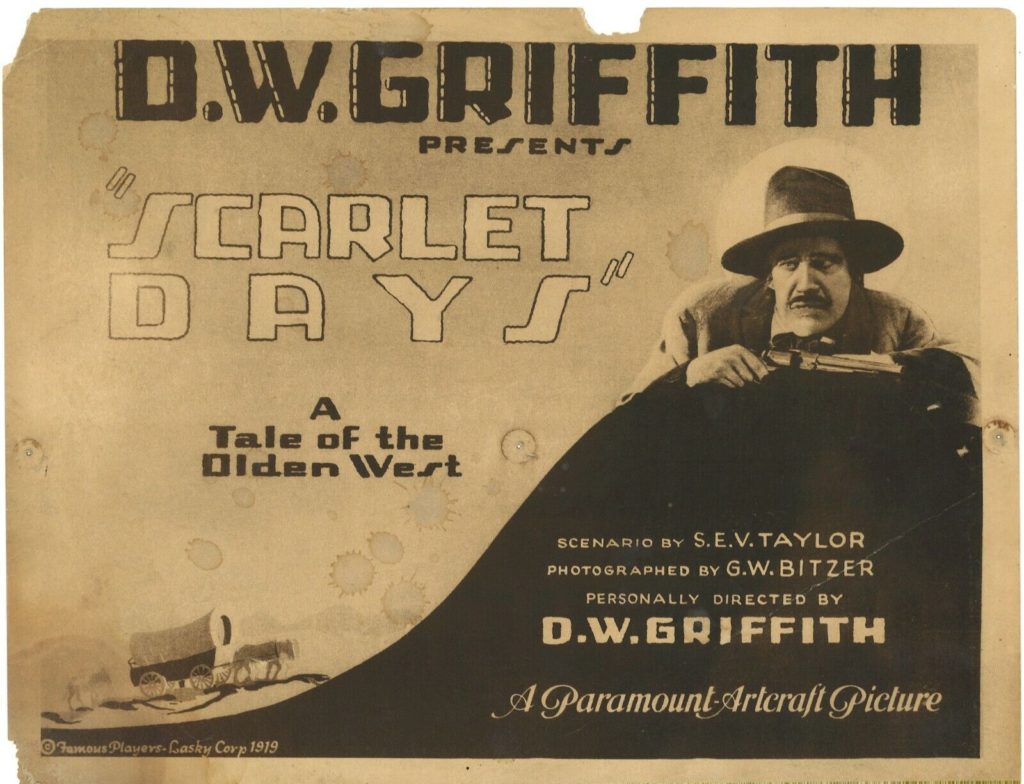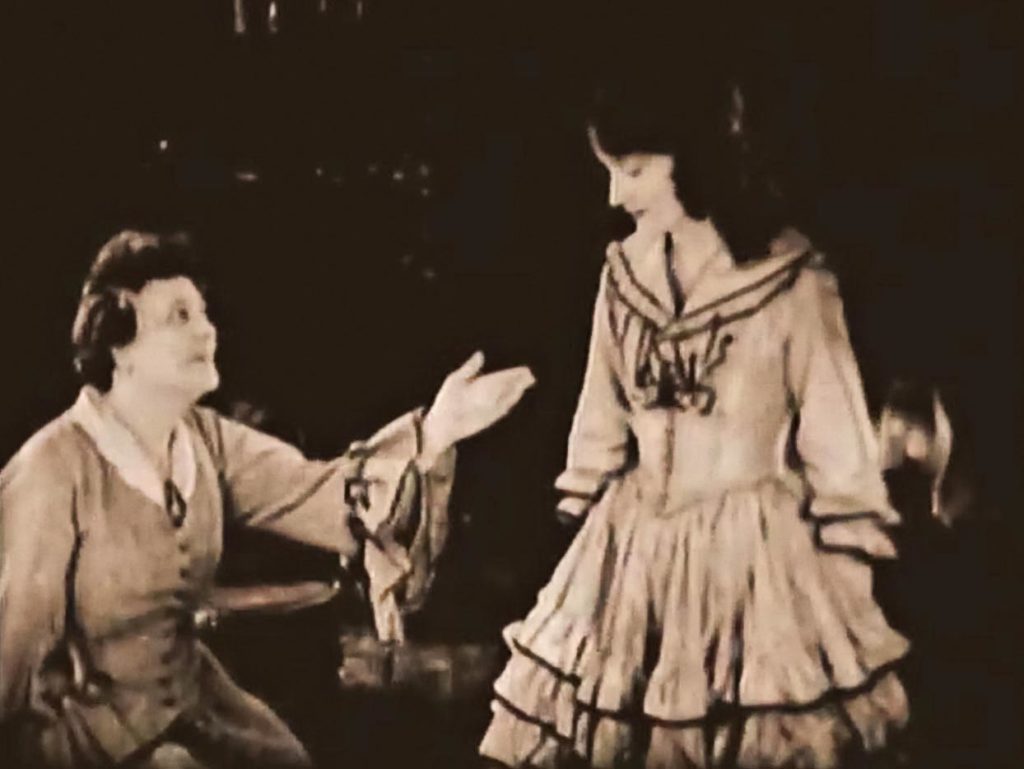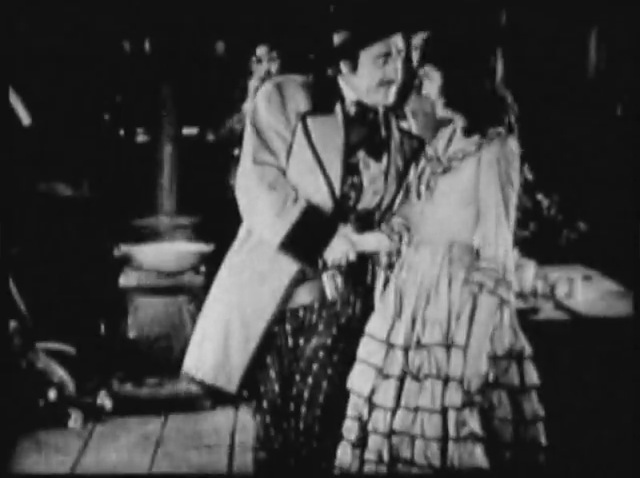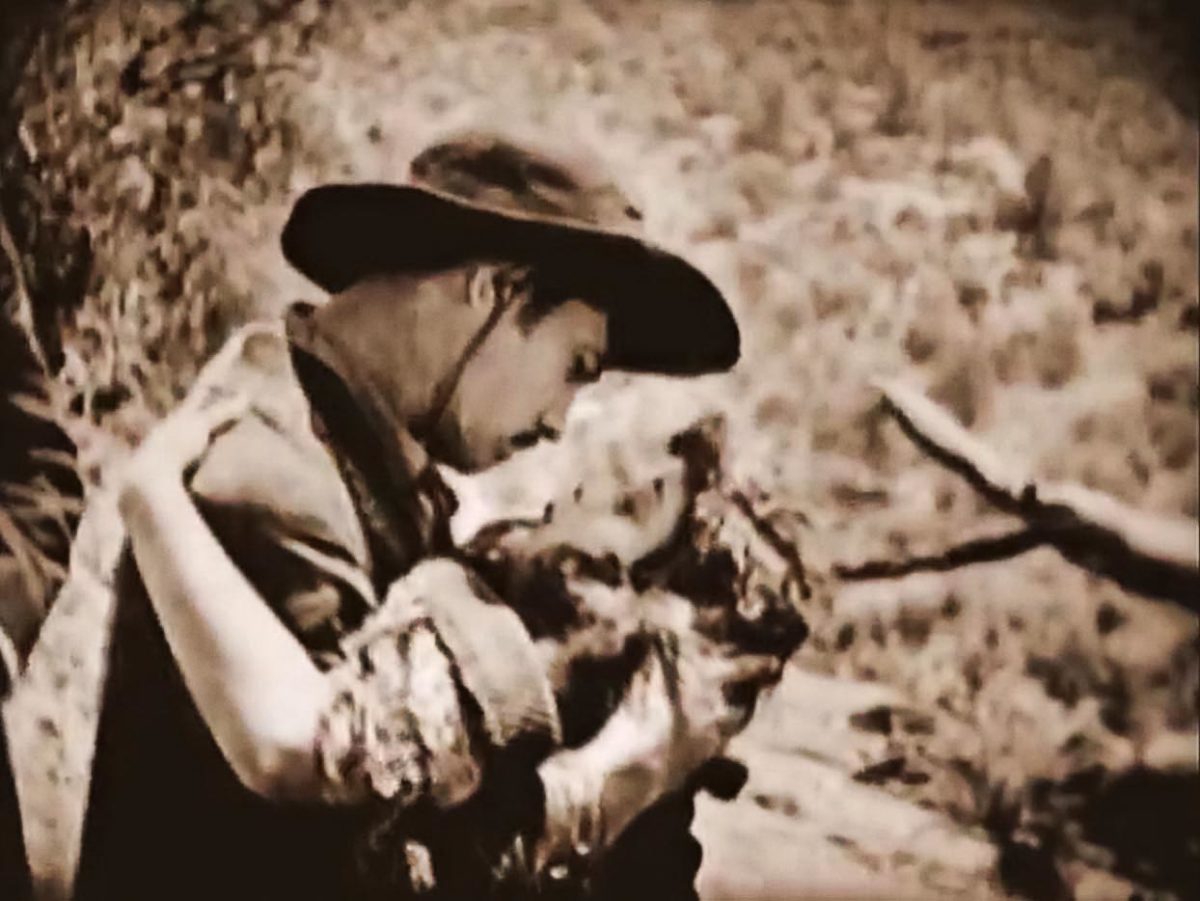At least it's not that racist
Given D.W. Griffith’s centrality in the emergence of cinematic visual language, and the prominence of westerns in early Hollywood, it’s a little bit surprising that none of his signature films are westerns. Several of them — notably The Birth of a Nation and Way Down East — have some genre elements of westerns, but none of them really lean on wild west iconography.
Thus, I was intrigued to stumble across Scarlet Days. It’s a 1919 film by Griffith set in California’s gold rush days, complete with plenty of the signifers we associate with westerns: masked bandits, greedy barons, heart-of-gold damsels, etc. And yet, Scarlet Days doesn’t really feel all that much like a western. There’s no sense of sprawl or adventure in its (mercifully short) 77 minutes. For its first two acts, it’s a slow and talky drama. It picks up a hair in the final half hour, but not before I’d mostly checked out on the story.

The story of Scarlet Days’s recovery is certainly more interesting than the film itself. The film was presumed lost for decades until a copy was discovered in the Soviet Union’s state archives in the ’70s. It’s not in pristine condition, but given that what we have is based off of a print neglected for a half century, it’s a minor miracle: watchable, complete, and mostly legible.
Alas, the heroic preservation is not for much. Scarlet Days is entirely absent the epic scope and cinematic innovation of Griffith’s better achievements. The film is dense with intertitles, yet none of the text blocks do much to generate interesting character details or narrative. Griffith has never written espeically compelling characters, but this set in particular fade into the background.

The film’s story is a mechanical, dry scenario that’s also over-complicated with side characters and diversions. The gist of it: A dancer (Eugenie Besserer) is falsely charged with murder. Her daughter (Carol Dempster) returns home without knowing about the charge. Meanwhile, a peeping-tom landlord (Walter Long) sets his sights on the daughter. A dashing bandit named Alvarez (Richard Barthelmess) also falls in love with the daughter and protects her honor.
And if you’ve seen one or two Griffith movies, you know exactly what type of tone he’s going to take: puritanical and repressed and finger-wagging, with no moral ambiguity in any of the characters’ flaws. I can only handle so many immaculate white maidens and sexually frenzied villains before I roll my eyes.

The very ending, too, half-heartedly pulls the rug out from the typical ambivalent ending. Alvarez, the desperado, starts his ride off into the distance, still a loner and denying himself human connection. But then he has an abrupt change of heart and returns to his lover, where they get married and live happily ever after. It’s very forced.
The one area of the film that’s a real success is the acting: Barthelmess is more charismatic than I’ve seen him before as a Zorro-esque rogue. The scene where mother and daughter reunite is a genuinely touching moment by Besserer and Dempster. I also love how Long’s face is lit in most of his shots, Griffith capturing a menacing white glint popping off his eyes thanks to some harsh key lighting.
But in all, it is easily the least compelling of Griffith’s films I’ve seen; which is not automatically the same as “worst.” But you should skip this one because it’s boring, not because its main thesis is that the KKK is the bee’s knees.
- Review Series: D.W. Griffith
Is It Good?
Not Good (2/8)
Dan is the founder and head critic of The Goods. Follow Dan on Letterboxd. Join the Discord for updates and discussion.

